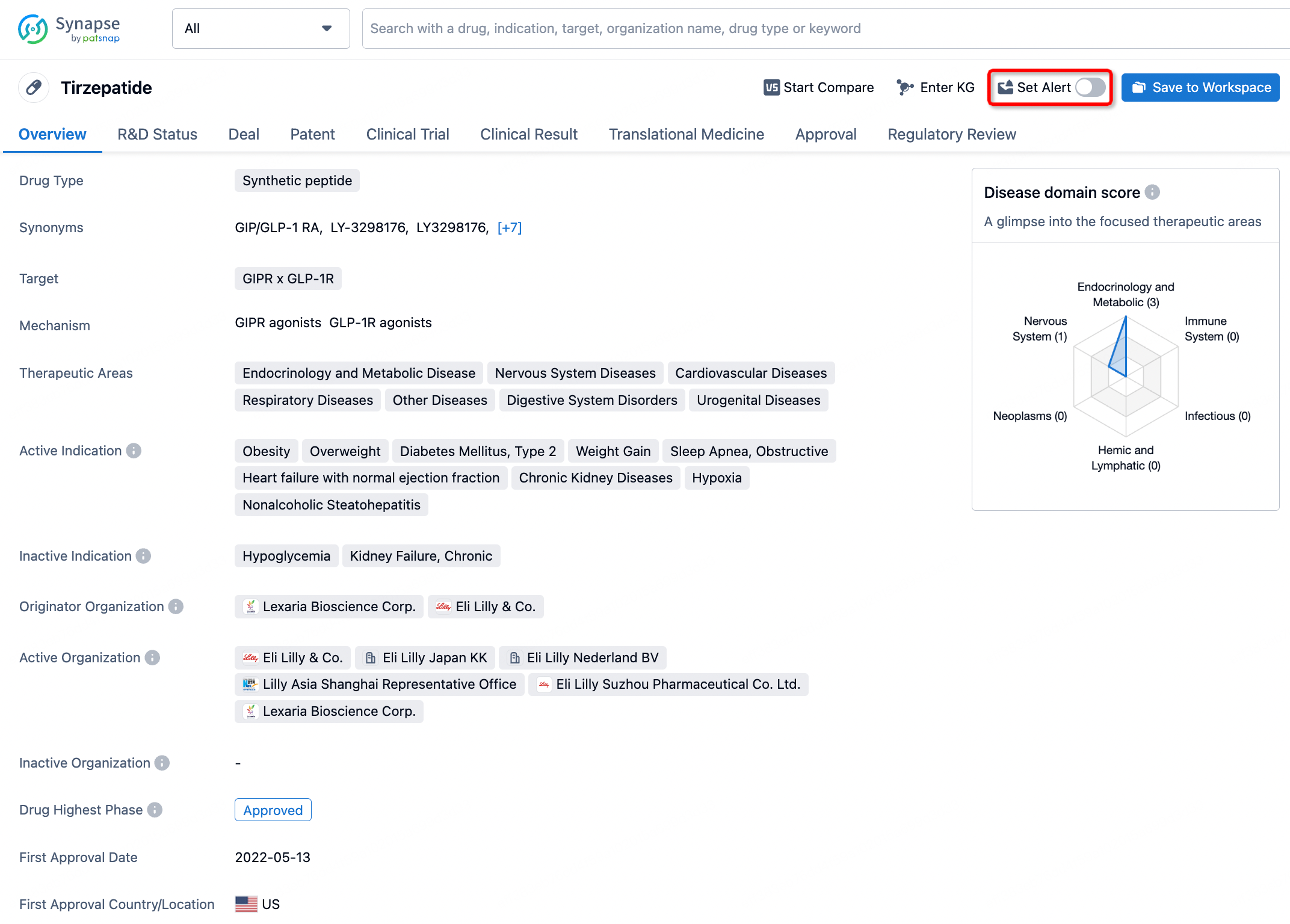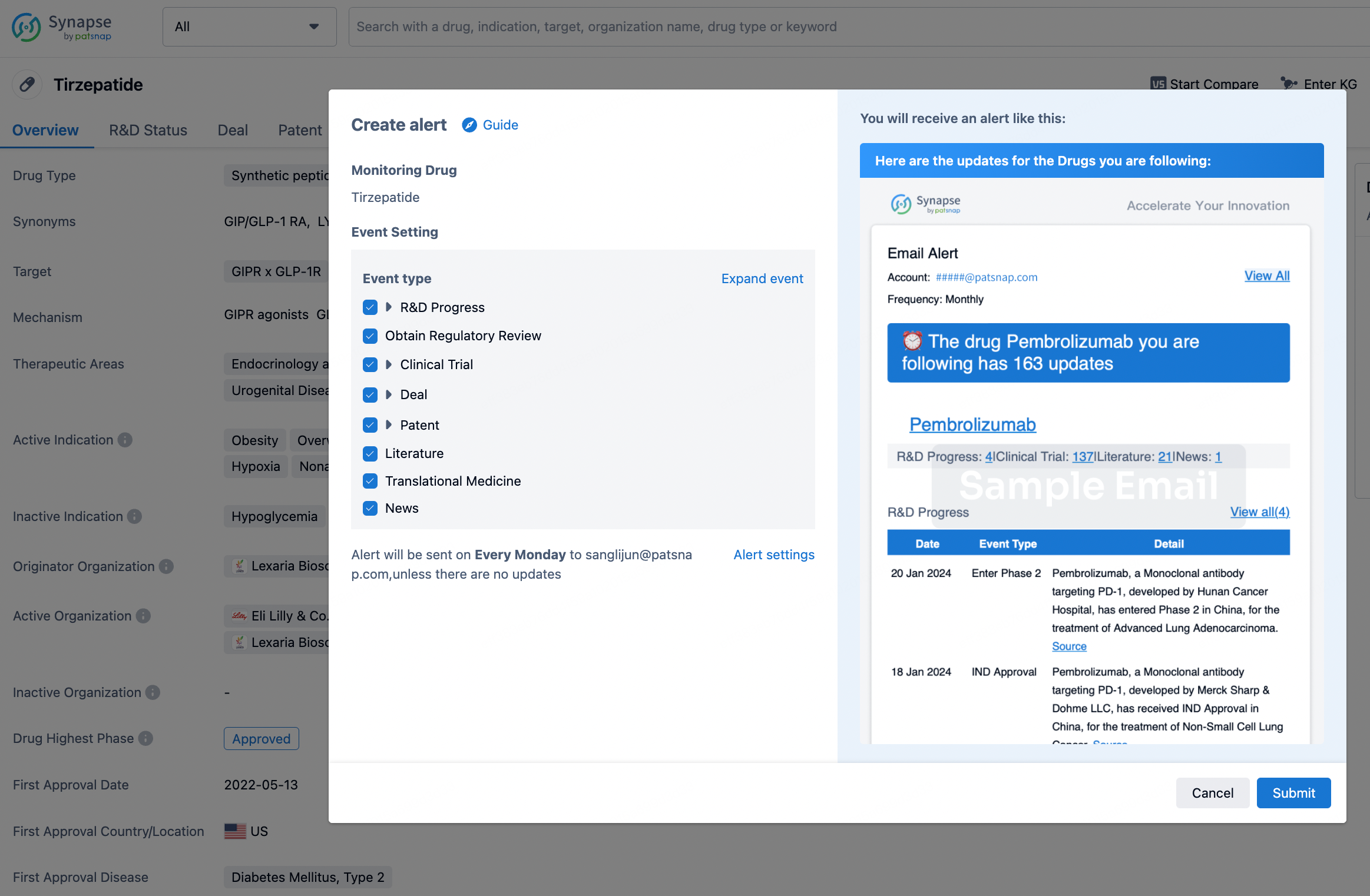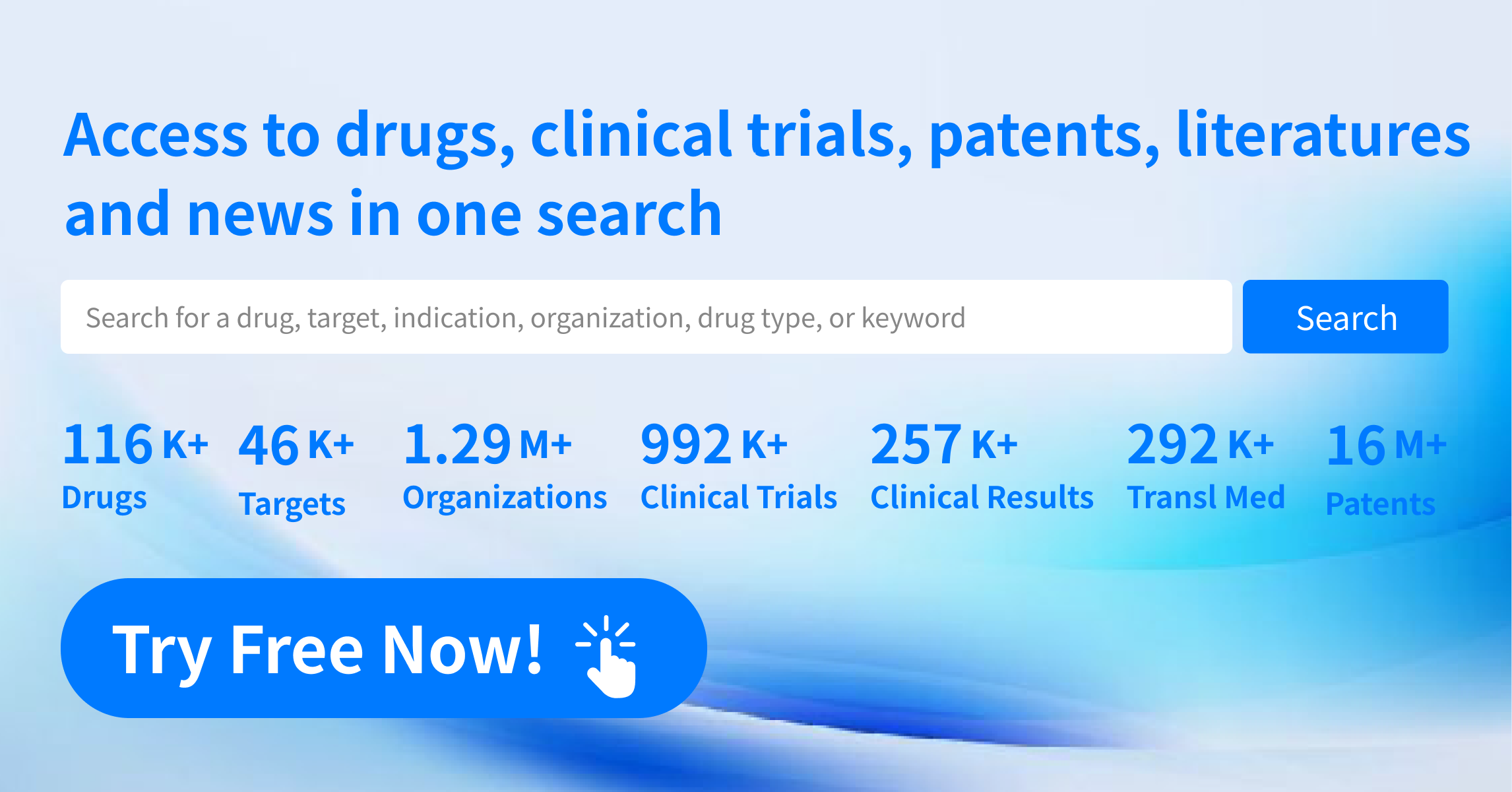Request Demo
What is the mechanism of Ganciclovir?
17 July 2024
Ganciclovir is an antiviral medication widely used in the treatment and prevention of cytomegalovirus (CMV) infections, particularly in immunocompromised patients, such as those with HIV/AIDS or undergoing organ transplants. Understanding the mechanism of ganciclovir is crucial for appreciating its therapeutic effects and potential side effects.
Ganciclovir is a synthetic analog of 2'-deoxy-guanosine, a building block of DNA. Its mechanism of action primarily involves inhibiting viral DNA synthesis, which is essential for the replication of the CMV virus. The drug requires activation to exert its antiviral effects, a process that occurs in several steps.
First, ganciclovir enters the infected cells via passive diffusion. Inside the cell, it is phosphorylated to ganciclovir monophosphate by a viral enzyme known as UL97 kinase, which is specific to CMV. This step is crucial because it ensures that ganciclovir is preferentially activated in infected cells, thus sparing non-infected cells and reducing toxicity.
Following the initial phosphorylation, cellular kinases further phosphorylate ganciclovir monophosphate to its active triphosphate form, ganciclovir triphosphate. This form is structurally similar to deoxyguanosine triphosphate, one of the natural substrates used by the viral DNA polymerase during DNA synthesis.
Ganciclovir triphosphate acts as a competitive inhibitor of the viral DNA polymerase. It gets incorporated into the growing viral DNA chain in place of deoxyguanosine triphosphate. Once incorporated, ganciclovir triphosphate causes premature chain termination because it lacks the 3'-hydroxyl group necessary for the addition of subsequent nucleotides. As a result, the viral DNA polymerase is unable to proceed with DNA elongation, effectively halting viral replication.
The specificity of ganciclovir for viral DNA polymerase over cellular DNA polymerase further enhances its antiviral efficacy while minimizing host cell toxicity. However, despite this specificity, ganciclovir can affect rapidly dividing cells in the human body, which can lead to side effects such as bone marrow suppression.
Resistance to ganciclovir can develop, particularly in patients undergoing long-term treatment. This resistance is often due to mutations in the UL97 gene, which reduce the efficiency of ganciclovir phosphorylation, or in the UL54 gene encoding the viral DNA polymerase, which decreases the drug's inhibitory effect. Monitoring for resistance is essential in managing patients who receive ganciclovir therapy over extended periods.
In summary, ganciclovir functions by inhibiting viral DNA synthesis through a series of phosphorylation steps that activate the drug and allow it to be incorporated into viral DNA, leading to chain termination. This targeted mechanism underscores the drug's efficacy in treating CMV infections while also highlighting the importance of monitoring for potential resistance and side effects during therapy.
Ganciclovir is a synthetic analog of 2'-deoxy-guanosine, a building block of DNA. Its mechanism of action primarily involves inhibiting viral DNA synthesis, which is essential for the replication of the CMV virus. The drug requires activation to exert its antiviral effects, a process that occurs in several steps.
First, ganciclovir enters the infected cells via passive diffusion. Inside the cell, it is phosphorylated to ganciclovir monophosphate by a viral enzyme known as UL97 kinase, which is specific to CMV. This step is crucial because it ensures that ganciclovir is preferentially activated in infected cells, thus sparing non-infected cells and reducing toxicity.
Following the initial phosphorylation, cellular kinases further phosphorylate ganciclovir monophosphate to its active triphosphate form, ganciclovir triphosphate. This form is structurally similar to deoxyguanosine triphosphate, one of the natural substrates used by the viral DNA polymerase during DNA synthesis.
Ganciclovir triphosphate acts as a competitive inhibitor of the viral DNA polymerase. It gets incorporated into the growing viral DNA chain in place of deoxyguanosine triphosphate. Once incorporated, ganciclovir triphosphate causes premature chain termination because it lacks the 3'-hydroxyl group necessary for the addition of subsequent nucleotides. As a result, the viral DNA polymerase is unable to proceed with DNA elongation, effectively halting viral replication.
The specificity of ganciclovir for viral DNA polymerase over cellular DNA polymerase further enhances its antiviral efficacy while minimizing host cell toxicity. However, despite this specificity, ganciclovir can affect rapidly dividing cells in the human body, which can lead to side effects such as bone marrow suppression.
Resistance to ganciclovir can develop, particularly in patients undergoing long-term treatment. This resistance is often due to mutations in the UL97 gene, which reduce the efficiency of ganciclovir phosphorylation, or in the UL54 gene encoding the viral DNA polymerase, which decreases the drug's inhibitory effect. Monitoring for resistance is essential in managing patients who receive ganciclovir therapy over extended periods.
In summary, ganciclovir functions by inhibiting viral DNA synthesis through a series of phosphorylation steps that activate the drug and allow it to be incorporated into viral DNA, leading to chain termination. This targeted mechanism underscores the drug's efficacy in treating CMV infections while also highlighting the importance of monitoring for potential resistance and side effects during therapy.
How to obtain the latest development progress of all drugs?
In the Synapse database, you can stay updated on the latest research and development advances of all drugs. This service is accessible anytime and anywhere, with updates available daily or weekly. Use the "Set Alert" function to stay informed. Click on the image below to embark on a brand new journey of drug discovery!
AI Agents Built for Biopharma Breakthroughs
Accelerate discovery. Empower decisions. Transform outcomes.
Get started for free today!
Accelerate Strategic R&D decision making with Synapse, PatSnap’s AI-powered Connected Innovation Intelligence Platform Built for Life Sciences Professionals.
Start your data trial now!
Synapse data is also accessible to external entities via APIs or data packages. Empower better decisions with the latest in pharmaceutical intelligence.


